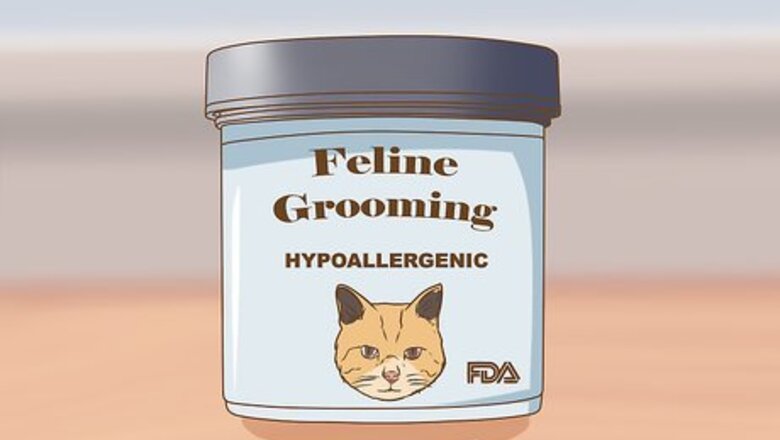
views
Choosing Safe Products
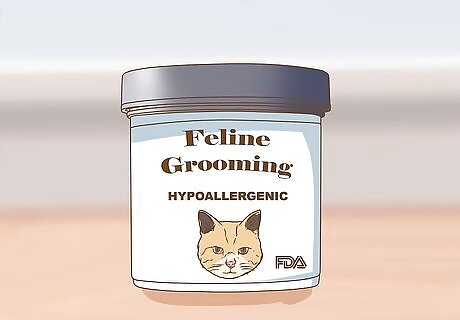
Check for the label hypoallergenic. If a product contains this label, then you can have reasonable confidence that this product is hypoallergenic. However, be aware that the label “hypoallergenic” is not regulated by the FDA in the U.S. Therefore, any company can define hypoallergenic for itself, which means that these products may still contain ingredients that your cat is allergic to.
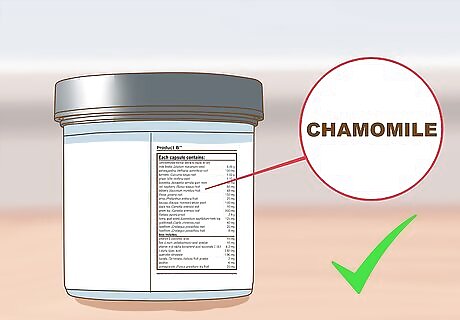
Examine the ingredient list. Because hypoallergenic products may still contain irritating or harmful ingredients, you should examine the ingredient lists of all products before purchasing them. In general, avoid products that contain artificial dyes, fragrances, mineral oils, parabens, petrochemicals, and sodium laurel sulphate. Avoid products that contain essential oils, as cats are often sensitive to them. Many “natural” products may still contain harmful chemicals, so be sure to check these products’ ingredient lists as well.
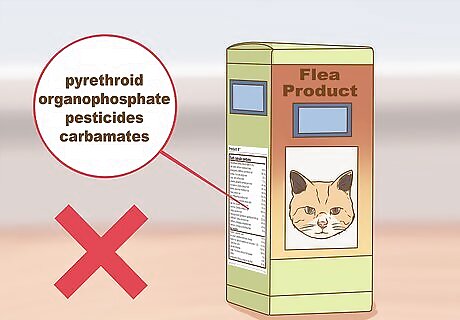
Be selective when choosing flea products. Many flea and tick products contain harmful chemicals for cats. Avoid flea products that contain pyrethrins/pyrethroids, organophosphate pesticides (OPs), and carbamates. Instead, choose flea products that contain safer chemicals like pyriproxyfen and s-methoprene. Oral flea medications may be a better option. Avoid products that contain permethrin, pyrethrin, or other pyrethroids. If a chemical on the ingredients list ends in “-thrin” that is a sign that the product contains pyrethroids. These are common in flea shampoos, dips, and spot-on products labeled for dogs. Some cat products contain pyrethroids in low concentrations. Cats are sensitive to these compounds, which can cause tremors, seizures, and even death. Avoid products that contain OPs like tetrachlorvinphos. Avoid products that contain carbamates like carbaryl and propoxur. Your veterinarian will have the best idea about what flea and tick products work well in your area, and will be able to recommend a product that is less likely to cause a reaction in your cat.
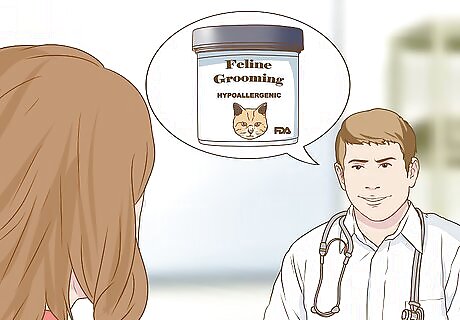
Consult your vet. If you are unsure about a product, you can always double-check with your veterinarian. Your veterinarian can recommend hypoallergenic products that cater specifically to your cat’s allergies. Additionally, your veterinarian can recommend grooming products that are safe and non-toxic.
Exploring Ways to Clean Your Cat
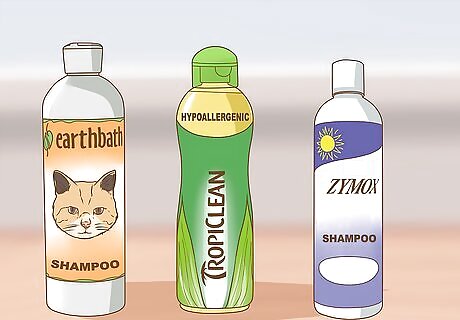
Use a shampoo. Cat shampoos can come in liquid or solid form (bar shampoos). Only bathe your cat if it is excessively dirty, for example covered in mud, or if it has something sticky or smelly stuck in its fur. Baths are also only recommended if your cat is calm enough to tolerate them.
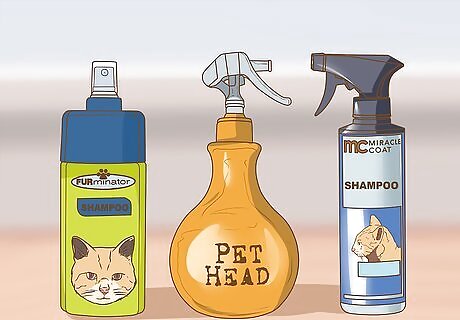
Pick a spray. Waterless sprays (and foams) are great alternatives to the traditional shampoo. These cleaning products are great for cats that detest water. Simply spray your cat’s coat with the product and let it do the cleaning. Because sprays are being left on the coat, be sure that they are hypoallergenic before using them on your allergy-prone cat.

Try wipes. Wipes are a great, no-fuss way to clean your cat as well. You can purchase safe, hypoallergenic wipes online or from your local pet store. Earthbath, GNC, and Whisker City sell hypoallergenic cat wipes.



















Comments
0 comment